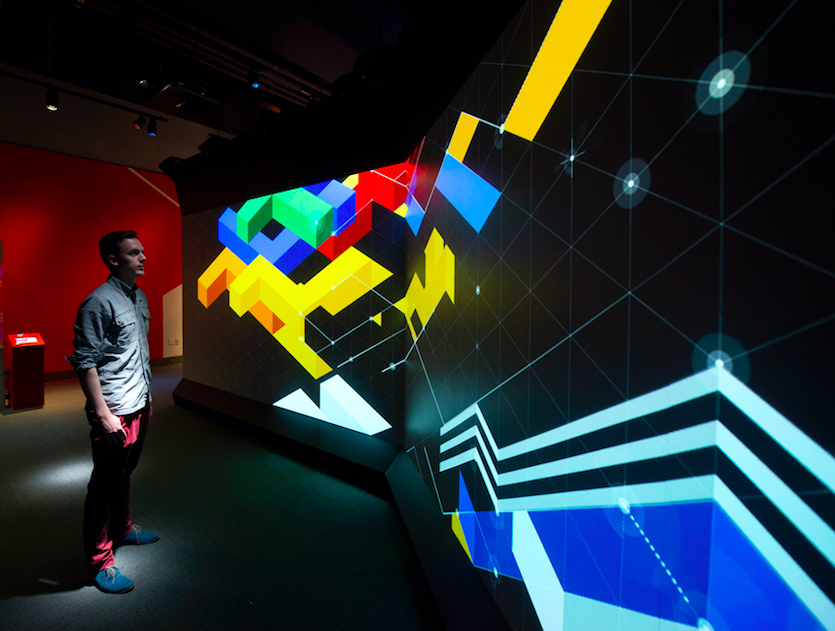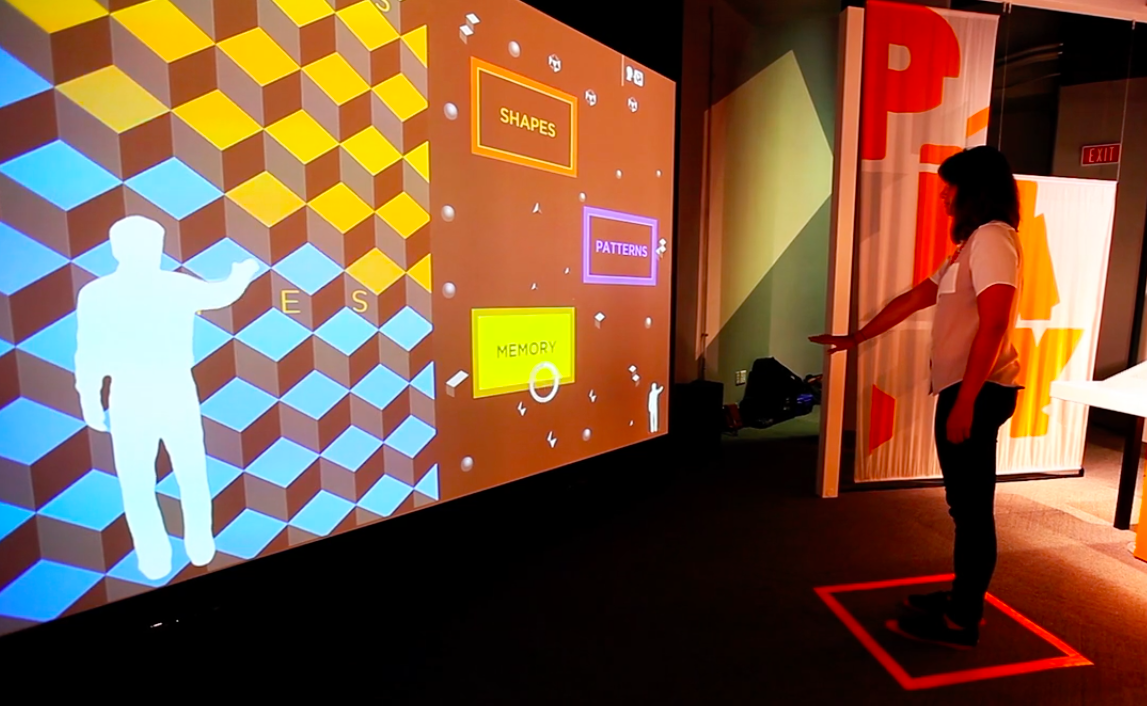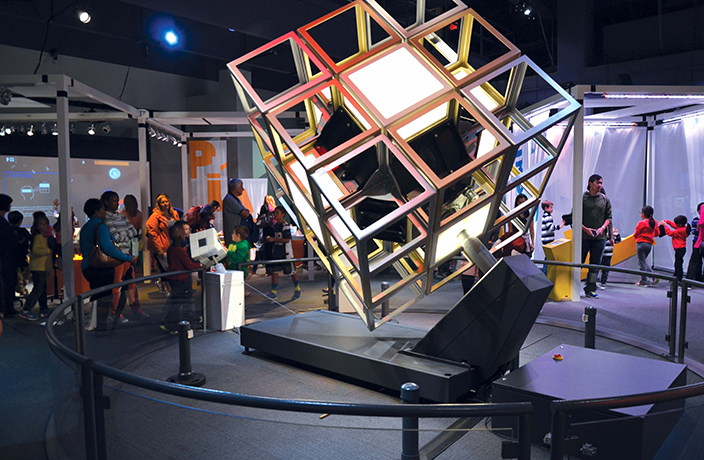One cube, six faces, nine squares, six colors and one seemingly simple challenge: getting all of the colors separately on each of the cube’s six faces. Considered the world’s best selling toy, the gaming appeal of the Rubik’s Cube was actually an accident.
During the mid-1970s, sculptor and university professor Ernő Rubik was trying to solve the structural problem of a cube allowing for its parts to move independently without the whole thing falling apart. When he realized that his working device could also be used as a game, he brought his invention to his friends, and they were impressed.

However, he recalls the early skepticism that toy producers had about its appeal.
“At the time, they said the problem was, ‘what is it?’ Nowadays, you would say it’s a toy but people didn’t look at it like that. They saw it as something intellectual that was hard to sell.”
Initially released into Bucharest toyshops in 1977, the Rubik’s Cube became a huge hit when it was released internationally three years later. With over 350 million cubes sold worldwide that legacy is being celebrated in Beyond Rubik’s Cube.
Created by Rubik, Liberty Science and Google, the wide-ranging exhibition offers a 1,500-square-meter play zone that cost USD5 million to create. The immersive experience is separated into three discovery zones: invent, play and inspire.
Adults will get a kick out of reliving the Rubik’s Cube craze and all that it has inspired, such as the musical Cube Symphony and the one-of-a-kind, 18-karat gold, jewel-encrusted fully function Rubik’s Cube valued at USD2.5 million among the impressive highlights.
Kids will be entertained by numerous options of activities such as Cube Match, where they work with colored building blocks to create endless combinations, or the Robot Command, where they follow simple instructions to program a robot to run a maze, which allows them to discover the subtle parallels between computer programming and Cube solving.
“It’s somewhat like doing extreme games or playing chess. In those games, you’re battling other people, while with the Rubik’s Cube you’re fighting yourself and the clock”
Technological marvels like the Tessellation Maker (an interactive touch table where visually stunning patterns can be easily created) and the Cube Prototype (which allows users to arrange 3D shapes to invent their own puzzles) share space with areas complete with other puzzle activities like the Tangram (a seven shaped puzzle reportedly invented in China during the Song Dynasty) and Patience (a puzzle featuring a loop that must be disentangled from a sequence of rings, also known as Chinese rings) that offer a more hands-on experience.
All ages will get a kick out of controlling a giant Rubik’s Cube the size of a car that provides a glimpse into the toy’s internal mechanism. Expert players can test themselves in the speed timing station or even do a battle against the functional cube solving robot.
While the toy’s inventor admits he’s able to solve the puzzle within minutes now, he notes, “Not being able to solve a Rubik’s cube doesn’t mean you’re not smart. It’s just a test of one thing, not everything.”

Still he smiles at the exhibition’s site and the number of children lost in the activities. He admits the Rubik’s Cube’s decades long endurance is a surprise but says part of its appeal is that it taps into a person’s competitive nature.
“It’s somewhat like doing extreme games or playing chess,” he says. “In those games, you’re battling other people, while with the Rubik’s Cube you’re fighting yourself and the clock.”
See event listing. See listing for Global Harbor Museum.


















